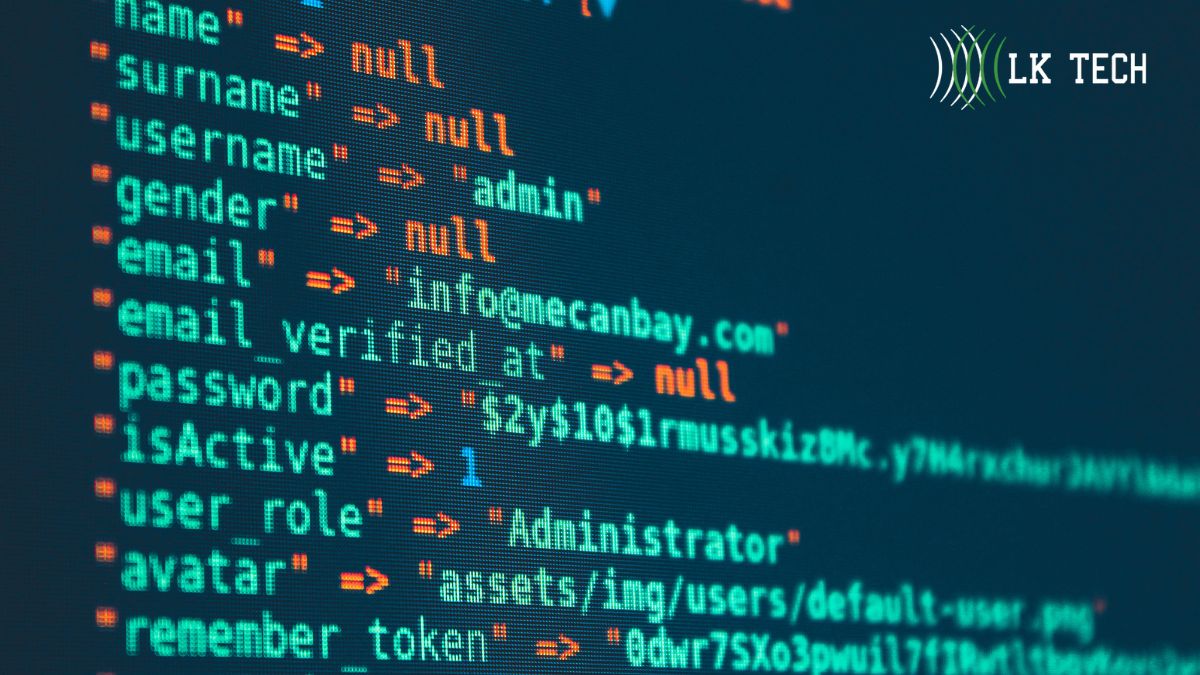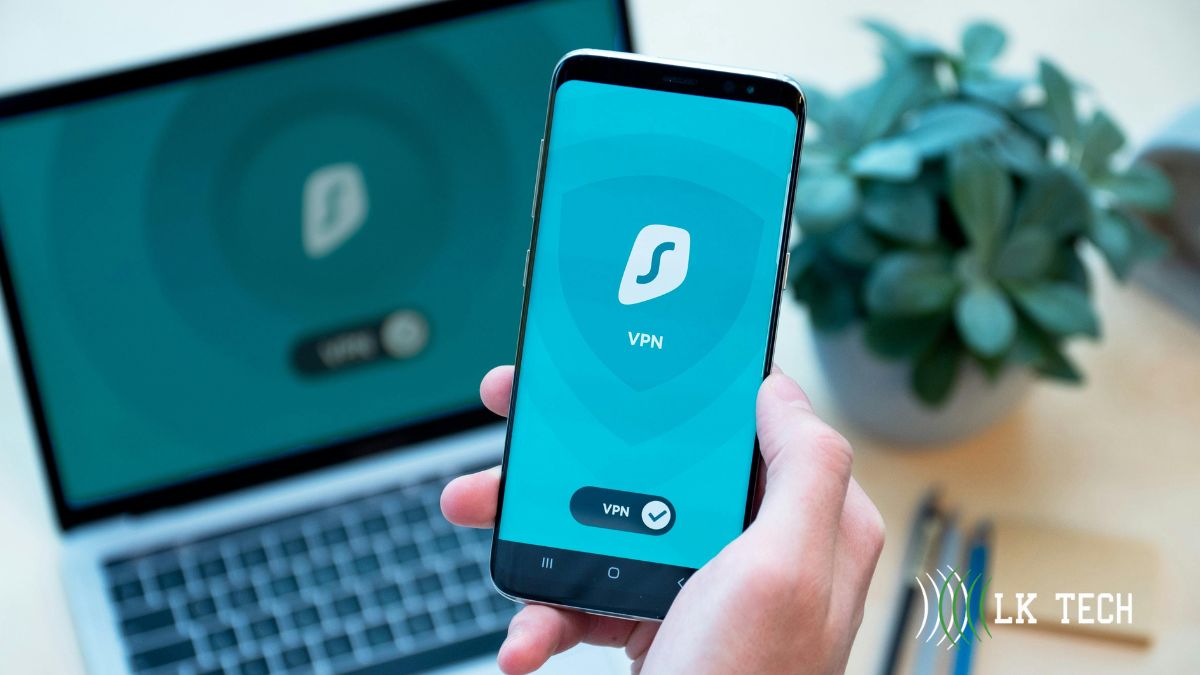Key Points:
- Encryption and access control are core to IT compliance, protecting data at rest, in transit, and in use while enforcing least privilege and MFA.
- Strong encryption, IAM, SIEM, and MDR help meet HIPAA, PCI DSS, and GDPR.
- Together they prevent breaches, reduce costs, and provide audit-ready proof of safeguards.
Many organizations struggle with compliance regulations, including GDPR, HIPAA, PCI DSS, CMMC, etc., because they misunderstand or under-implement encryption and access control. Data breaches happen, which can lead to added costs and more problems.
In this article we’ll explain how encryption and access control fit inside modern IT compliance, what risks they’re solving, what tools (SIEM, Password Manager, Multi-Factor Authentication, etc.) help, and what best practices deliver results. If you want IT services in Cincinnati or are evaluating IT solutions for compliance or trying to outsource IT service, this is for you.

Understanding Encryption: What Is Required & What’s Evolving
Encryption and access control define how organizations protect data and prove it during audits. Encryption protects data at rest and in transit. Access control limits who can touch sensitive systems, when, and how. Compliance programs turn these ideas into daily practice: policies, technical settings, logs, and reviews.
To satisfy modern compliance and strengthen cybersecurity, organizations must go beyond just labeling something “encrypted.” The scope of encryption in modern IT compliance now covers:
- Data at rest: Files, databases, and backups stored on disk or in cloud storage
- Data in transit: Data moving between systems, networks, and endpoints, including TLS/SSL, VPNs, and secure APIs
- Data in use: Data actively being processed (memory, CPU), which historically remained unprotected. New regulations now emphasize protection even during processing.
Encryption requirements in many regulatory frameworks are rising. For example:
- HIPAA proposed updates in 2025 aim to make encryption more explicitly mandatory.
- PCI DSS v4.0 requires more rigorous encryption of cardholder data.
- Many data privacy laws now require “appropriate technical measures,” often meaning strong encryption.
Encryption speaks to confidentiality. Access control enforces identity, least privilege, and session boundaries.
Cost also drives decisions. The global average cost of a data breach was $4.4 million in 2025, down from 2024 as organizations got faster at detection and containment. That still hurts mid-market budgets and highlights why encryption and access control remain high-impact.
Tools and Practices That Secure Encryption
To meet these evolving requirements, organizations should consider:
- Centralized Key Management Systems (KMS). Control who generates, rotates, and revokes keys. Ensures auditability. Helps avoid key sprawl.
- Strong encryption standards. AES-256, TLS 1.3, or equivalent. Avoid deprecated ciphers or self-rolled algorithms.
- Encrypting data in use. Memory encryption, secure enclaves, and homomorphic encryption for certain workloads.
- Full coverage. Ensure endpoints, cloud storage, email security, and data backup & disaster recovery are all encrypted. Partial encryption leaves gaps.
- Regular audits and compliance mapping. Map your encryption controls to regulatory requirements (GDPR, HIPAA, PCI, state laws, etc.).
Access Control: How to Limit Who Sees What
Encryption keeps data safe, but if people who shouldn’t see the data can access it, compliance still fails. Access control governs who can do what, when, and how.
Common Risks When Access Control Fails
When access control is weak, these problems often arise:
- Privilege creep: People accumulate permissions over time (promotions, role changes) but don’t lose old access.
- Third-party/external access: Vendors, contractors, or cloud-service providers having overly broad access.
- Weak or shared credentials, Lack of Multi-Factor Authentication (MFA) leading to credential theft.
- Inadequate user verification and identity management, so accounts remain active even after people leave or change roles.
Key Access Control Mechanisms
To reduce risks and support IT compliance, you need to build in:
- Least privilege and Role-based Access Control (RBAC). Users get access only to what they need for their role.
- Multi-Factor Authentication (MFA). Adding something you have or something you are (token, biometric) on top of passwords reduces risk.
- Password Manager tools. Enforce strong passwords, avoid reuse, and reduce credential-based vulnerabilities.
- Identity and Access Management (IAM). Make sure identity verification, onboarding/offboarding, and privilege reviews are regular.
- SIEM (Security Information and Event Management). Monitor logs, detect anomalies, and alert when unusual access happens.
- Managed Detection and Response (MDR). When you’d rather have specialized service, MDR providers help detect and respond to incidents tied to improper access.
- Security Awareness Training. Educate users about phishing, credential theft, the importance of logging out, locking screens, etc.
Access control turns identity into action. Identity providers issue credentials; policies decide who can do what. The goal is to reduce standing privilege and require context for riskier actions. Attackers go after gaps here because one compromised account can pivot across systems.
Recent breach data shows how attackers target smaller organizations, too. SMBs were targeted nearly four times more than large organizations in the latest Verizon analysis, which puts pressure on growing teams to tighten identity and access early.

Where Encryption and Access Meet Compliance Frameworks
Compliance programs aim to protect data, control access, and prove it. Use encryption, limit and verify access, log activity, test controls, and fix gaps.
Payment card rules require strong cryptography and network separation. Healthcare standards assess patient data risks and safeguards like access rules, logs, response plans, and backups. Frameworks such as NIST 800-53 and the Cybersecurity Framework 2.0 give common guidance for identity, access, and data security.
Guided steps to keep frameworks aligned without extra work:
- Use a single control narrative that maps to multiple standards (PCI, HIPAA, state privacy laws, SOC 2).
- Keep one inventory, one set of policies, and one evidence folder per control, with labels for each framework.
- Reuse test plans: encryption verification, MFA enforcement checks, access review samples, and TLS configuration scans.
- Track exceptions with owners, compensating controls, and target dates; auditors often accept a plan if risk is managed.
Tooling That Proves Controls Work: SIEM, MDR, and More
Modern security programs rely on the right mix of tools to see what is happening and respond quickly. The elements below work together to track threats and protect data.
Core monitoring and response tools
- SIEM gathers logs from identity providers, endpoints, servers, cloud apps, and SaaS platforms.
- Managed security (SOC) adds analysts who review alerts after hours and during incidents.
- Both detect misuse such as failed MFA attempts, token theft, unusual data exports, or disabled EDR agents.
- SOC analysts can connect a suspicious email report with login activity and block the account if needed.
These tools give teams the visibility to confirm incidents and keep systems safe.
Access and protection controls
Strong controls prevent unauthorized access and protect stored data. The items below help maintain security without slowing daily work.
- Identity platforms and password managers prevent weak or reused passwords while supporting passkeys and FIDO2.
- Conditional access blocks risky sessions from unmanaged devices or unsafe locations.
- Endpoint encryption and MDM enforce screen locks and disk protection on laptops and mobile devices.
- Databases and storage services offer built-in encryption and audit logging, and cloud backup adds another protection layer.
- Backups store encrypted, immutable copies to defend against ransomware.
Using these controls ensures sensitive information remains protected from both external and internal threats.
Why MDR Is Important
Managed Detection and Response helps organizations that cannot staff round-the-clock monitoring. The points below explain why it adds value.
- MDR providers customize detections for your environment.
- Analysts validate real threats and advise on containment steps.
- Local companies can combine MDR with help desk coverage in Cincinnati, Ohio, or Mason to keep events contained and evidence preserved.
Adding MDR closes a staffing gap and strengthens response during active incidents.
Operational playbook
An operational playbook helps staff apply tools and controls consistently. The examples below outline key elements.
- An IT project management playbook keeps the SIEM dashboard linking identity, endpoint, and cloud alerts to control settings.
- Monthly MDR reports summarizing alerts, responses, and follow-ups.
- Automated tickets for failed controls such as unencrypted devices or disabled MFA.
- Quarterly tabletop exercises covering access revocation, key rotation, clean restores, and audit notes.
Maintaining and reviewing this playbook keeps processes sharp and ensures tools work as intended.
Proof Points for Regulators and Auditors
Auditors look for repeatable evidence. Encryption and access control need artifacts that show policy in action. When teams maintain current inventories and explicit owners, audits become faster and less disruptive. The same materials help during incidents and vendor reviews.
What to prepare before the next review:
- Policies and standards: Encryption standard, access control policy, key management SOPs, and break-glass rules.
- System inventory: Systems and data stores with sensitivity ratings, encryption status, and owners.
- Identity and access: MFA enforcement reports, role catalogs, group mappings, and last access review outcomes.
- Technical proof: Config pages or command outputs for disk/database/storage encryption, TLS scans, and KMS policies.
- Monitoring evidence: SOC service summaries, alert closures, and incident postmortems with corrective actions.
- Third-party controls: Vendor security questionnaires, data processing addenda, and tokenized or encrypted data flows.
- Backup and recovery: Encrypted backup configs, immutability settings, and last successful restore test.
Healthcare gives a concrete example of why this level of rigor is necessary. A recent analysis found that hacking or IT incidents accounted for 81% of reported healthcare breaches in 2024, underscoring why strong authentication, least privilege, and encryption around clinical systems are non-negotiable.

Practical Roadmap: From Gaps to “Always-On” Compliance
Teams often balance daily operations with long checklists. A focused roadmap helps. Start with the controls that reduce the most risk and create the most audit value. Then scale across systems and business units. Keep changes small and measurable so evidence builds automatically.
Phase 1: Stabilize Identity and Data:
- Enforce MFA across the workforce and admins; move admins to phishing-resistant methods.
- Deploy a password manager and require unique, generated passwords.
- Turn on disk encryption on every laptop and server; enable storage/database encryption and set KMS.
- Classify data and update backup jobs to use encryption and immutability.
Phase 2: Reduce Privilege and Add Monitoring:
- Map roles to groups; remove standing admin where possible.
- Implement conditional access and device baselines. Network security controls help block unmanaged endpoints from sensitive apps.
- Centralize logs into SIEM; integrate identity, endpoint, cloud, and SaaS.
- Engage MDR for 24/7 triage and incident support.
Phase 3: Prove and Improve:
- Run quarterly access reviews with owners; fix drift quickly.
- Test restores to an isolated environment and keep runbooks current.
- Conduct tabletop exercises that practice key rotation, account lock, and export review.
- Track exceptions with owners and dates; review progress monthly.
What success looks like:
- Encryption and access rules apply by default to new systems.
- Exceptions are rare, documented, and time-bound.
- Alerts map to controls and have playbooks.
- Audits reuse the same evidence that operations produce daily.
Encryption without access control leaves keys exposed. Access without encryption leaves data readable if systems are lost or stolen. Monitoring without both creates alert noise with no protective outcome.
The modern compliance posture blends the three so they reinforce each other. When an incident occurs, responders can revoke access, rotate keys, validate clean restores, and document steps that auditors accept.
Frequently Asked Questions
What is access control encryption?
Access control encryption is a cryptographic method that embeds access rules into the encryption itself. Decryption works only if user or resource attributes match the policy, often using attribute-based encryption. This enables fine-grained, one-to-many authorization with fewer keys, ideal for cloud and distributed systems.
What is the CISA standard for encryption?
CISA has no single encryption “standard” but relies on NIST guidance and federal requirements. Its January 2025 rules under E.O. 14117 mandate comprehensive encryption of covered data in transit and at rest, proper key management, and TLS 1.2 or higher, with NIST SP 800-52 requiring TLS 1.2 and TLS 1.3.
Is AES-256 encryption HIPAA compliant?
Yes. AES-256 encryption is HIPAA compliant when implemented through FIPS-validated cryptographic modules with sound key management. HIPAA requires NIST-based encryption to secure ePHI at rest and in transit, and HHS recognizes AES under FIPS 197 as meeting breach-safe-harbor standards.
Secure Your Compliance Program with LK Tech
Reliable cybersecurity services in Cincinnati help organizations turn encryption and access control into daily practice. LK Tech designs and supports identity, MFA, device encryption, SIEM, and MDR as a connected program so policies, logs, and reviews line up with real audits. Teams get fast deployment, clear evidence packs, and a playbook that cuts response time.
Ready to tighten controls without slowing the business? Contact us now to set up a short assessment and see where policy, tools, and proof can improve in the next 30 days.


